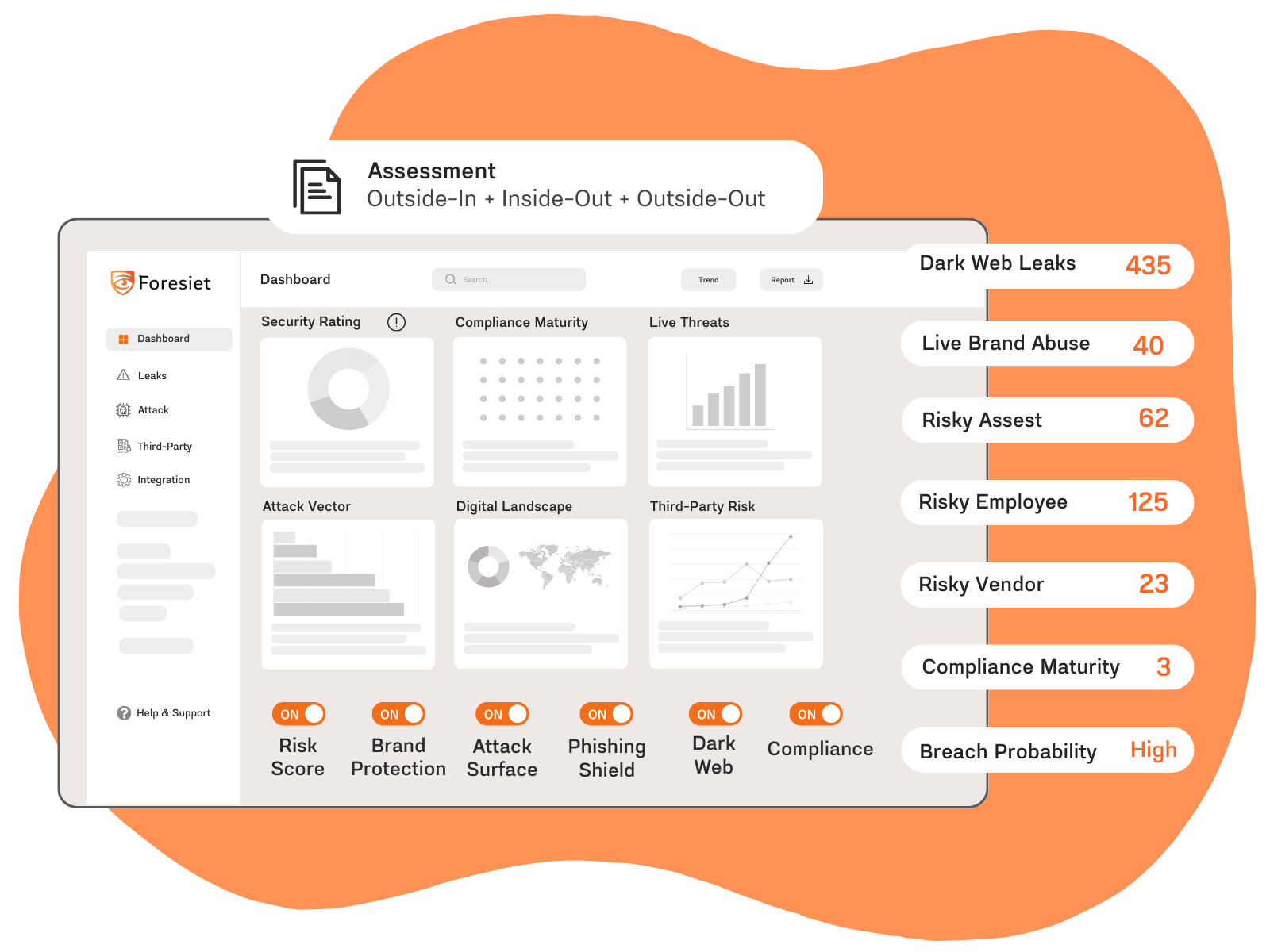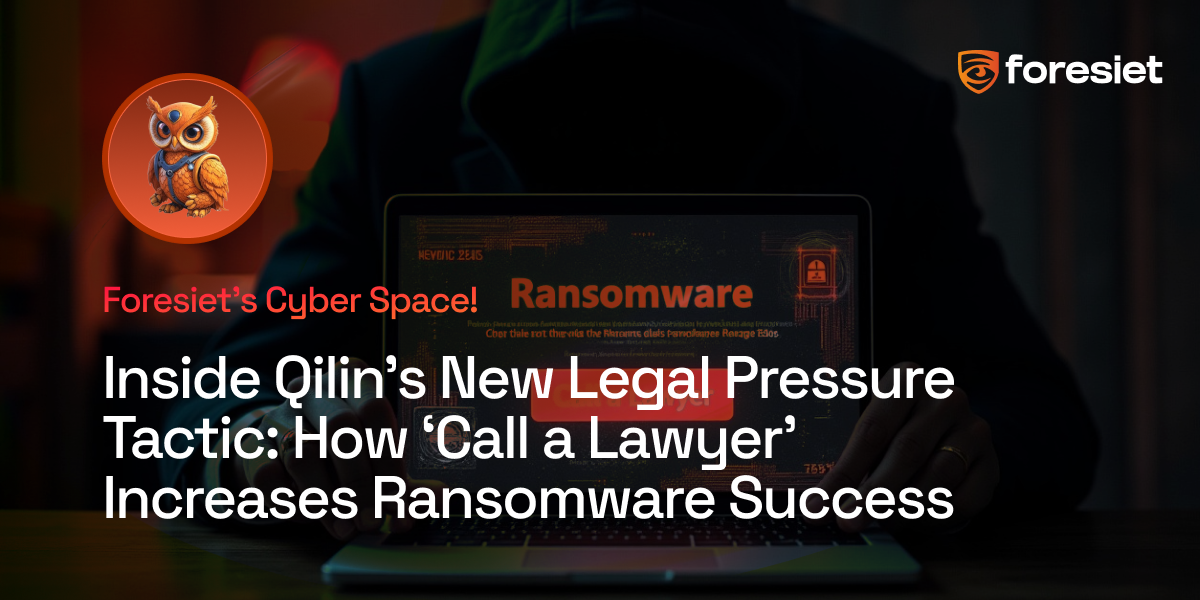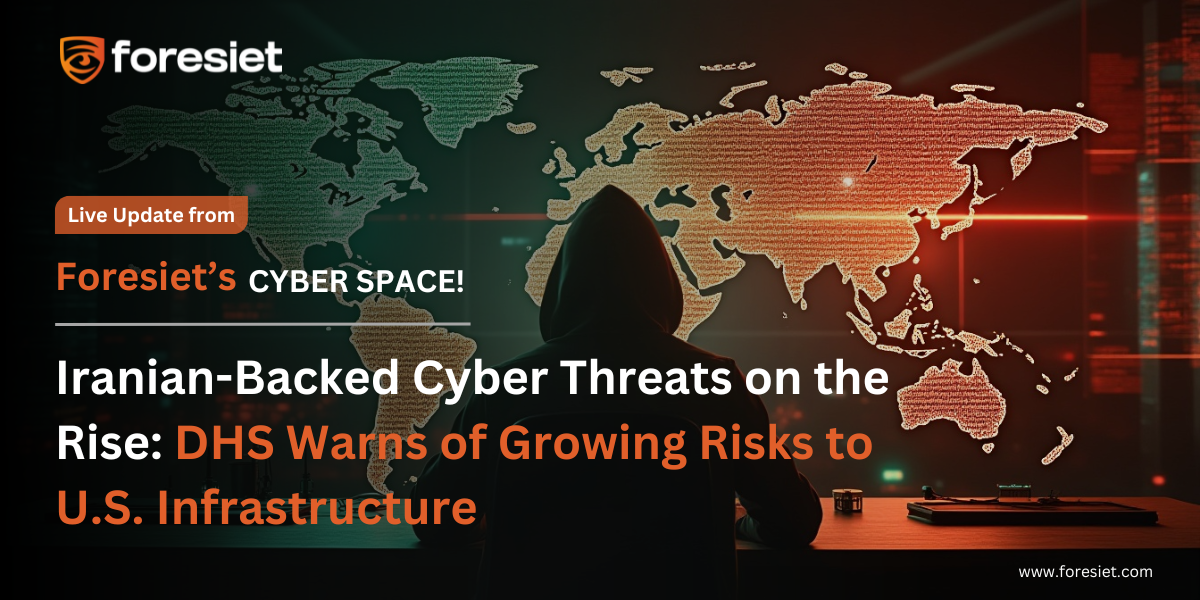10 Tips for Mitigating Brand Impersonation Attack Risk

Brand impersonation attacks are a type of phishing attack where a scammer pretends to be a trusted company or brand. The goal is to trick victims into believing they're interacting with the company so they'll be more willing to share their personal information. Brand impersonation attacks can target both individuals and large groups of people. Scammers may use phony websites, mobile apps, or social media pages, as well as bogus emails, voicemails, or text messages.
1. Trademark Your Brand:
Trademarking is a legal process that grants exclusive rights to use a particular name, logo, or symbol associated with your brand. This legal recognition is crucial in differentiating your products or services from those of competitors. By trademarking your brand's distinctive elements, you create a legal barrier that protects your brand's identity and reputation. This legal protection extends beyond mere recognition; it empowers you to take legal action against anyone who attempts to use your trademarked elements without permission, ensuring that your brand remains unique and valuable in the marketplace.
The process of trademarking involves conducting a thorough search to ensure that your brand's elements are not already in use or too similar to existing trademarks. Once your trademark is registered, it is your responsibility to monitor and enforce your trademark rights actively. This includes taking legal action against any unauthorized use or infringement. Trademarking is not just a defensive measure; it is an investment in your brand's longevity and success. It enhances your brand's credibility and provides a solid foundation for building a strong brand presence in the market.
2. Secure Your Domains:
Domain security involves acquiring domain names that are closely related to your brand's official domain. This proactive measure prevents impersonators from creating websites with URLs that mimic your brand's domain, which could potentially deceive your customers or damage your brand's reputation. By securing these similar domains, you effectively block avenues that could be exploited by malicious actors to create confusion or commit fraud under your brand's guise.
In addition to purchasing similar domains, it's important to implement security measures such as SSL certificates to encrypt data and secure your website. Regularly monitoring your domains for any suspicious activities and renewing your domain registrations on time are also key aspects of maintaining domain security. By taking these steps, you create a secure digital perimeter around your brand, ensuring that your online presence remains authentic and trustworthy, and reducing the risk of cyber threats that could undermine your brand's integrity.
3. Implement Strong Security Measures:
Implementing strong security measures involves using advanced authentication methods and encryption technologies to protect your brand's accounts and data. Strong, unique passwords are the first line of defense, preventing unauthorized access to your accounts. Two-factor authentication adds an additional layer of security by requiring a second form of verification, such as a code sent to a mobile device, making it significantly more difficult for impersonators to gain access.
Beyond passwords and authentication, it's crucial to keep your software and systems updated with the latest security patches to close any vulnerabilities that could be exploited by attackers. Regular security audits and employee training on cybersecurity best practices are also essential components of a comprehensive security strategy. By prioritizing security, you not only protect your brand's assets but also build trust with your customers, reassuring them that their data is safe when interacting with your brand.
4. Educate Your Team:
Educating your team about the risks of brand impersonation involves comprehensive training on how to recognize and respond to potential threats. This includes understanding the tactics used by impersonators, such as phishing emails or fake social media accounts, and knowing how to report suspicious activities promptly. By fostering a culture of security awareness, your employees become active participants in safeguarding your brand's reputation.
Regular updates and refresher courses are necessary to keep your team informed about evolving threats and best practices for prevention. Clear communication channels should be established for reporting incidents, ensuring that any potential impersonation attempts are addressed swiftly and effectively. Empowering your employees with knowledge and tools to protect your brand is a critical step in creating a resilient defense against brand impersonation.
5. Monitor Your Brand Online:
Monitoring your brand online involves using specialized tools and services to track mentions of your brand across various digital platforms. This real-time surveillance allows you to quickly identify any unauthorized use of your brand's name, logo, or other elements. By keeping a close watch on social media, forums, and other online spaces, you can detect impersonation attempts early and take appropriate action to mitigate their impact.
Effective monitoring extends beyond just identifying threats; it also involves analyzing trends and patterns to anticipate potential risks. This proactive approach enables you to stay ahead of impersonators and adapt your defense strategies accordingly. Regular reports and alerts keep you informed about your brand's online presence, ensuring that you can maintain a positive and authentic image in the digital landscape.
6. Report Impersonation:
Reporting impersonation is a critical step in protecting your brand. When you encounter an impersonator, it's important to act swiftly by reporting the fraudulent activity to the relevant platform, whether it's a social media site, a domain registrar, or a legal authority. Most platforms have specific procedures for reporting impersonation, and prompt action can lead to the quick removal of the offending content or account.
In addition to reporting the impersonator, it's also important to communicate with your audience about the incident. This transparency helps to maintain trust with your customers and prevents confusion. By taking a proactive stance against impersonation and working closely with platform authorities, you demonstrate your commitment to protecting your brand's integrity and the safety of your customers.
7. Communicate with Your Audience:
Regular communication with your audience about verifying the authenticity of your brand's accounts and communications is essential in preventing impersonation scams. Educating your followers on how to identify official channels and warning them about common impersonation tactics helps to build a savvy and cautious community around your brand. This ongoing dialogue not only strengthens the relationship between your brand and its audience but also creates a collective awareness that can deter impersonators.
In your communications, provide clear instructions on how to verify the authenticity of emails, social media accounts, and other communications from your brand. Encourage your audience to report any suspicious activities directly to your brand. By fostering an informed and engaged community, you enhance your brand's resilience against impersonation attempts and reinforce its reputation for transparency and trustworthiness.
8. Use Verified Accounts:
Using verified accounts on social media platforms is a powerful way to establish your brand's authenticity. The verification badge, usually a blue checkmark, signals to your audience that your account is the official and legitimate representation of your brand. This visual cue helps to distinguish your genuine accounts from potential impersonators, providing immediate reassurance to your followers.
Obtaining verification can involve meeting certain criteria set by the platform, such as proving your brand's notability and providing official documentation. Once verified, it's important to maintain the integrity of your account by adhering to the platform's guidelines and regularly engaging with your audience. Verified accounts not only enhance your brand's credibility but also improve its visibility and reach on social media, making it a valuable asset in your digital brand protection strategy.
9. Implement Brand Guidelines:
Implementing clear brand guidelines is essential for maintaining a consistent and cohesive brand image. These guidelines should cover the proper use of your brand's logos, colors, fonts, and messaging across all mediums. By establishing these standards, you ensure that every representation of your brand aligns with its identity and values, reducing the risk of confusion or misrepresentation.
Distributing these guidelines to your employees, partners, and any external agencies ensures that everyone who interacts with your brand is on the same page. Regularly reviewing and updating your brand guidelines keeps them relevant and effective in protecting your brand's integrity. Clear and comprehensive brand guidelines are a cornerstone of a strong brand identity, fostering recognition and trust among your audience.
10. Takedown Services:
Incorporating phishing takedown services is a vital part of a comprehensive brand protection strategy. These services are designed to quickly identify and neutralize phishing threats across various platforms, including websites, social media accounts, and mobile applications. By targeting phishing attempts that aim to deceive users into revealing sensitive information, such as login credentials or financial details, these services help safeguard both your customers and your brand's integrity.
Phishing takedown services extend their reach to combat all forms of online brand abuse, ensuring that any unauthorized use of your trademarks, fake profiles, or counterfeit listings is promptly addressed. The swift removal of these threats is crucial in preserving a secure and trustworthy digital environment for your brand. This proactive stance not only protects your customers but also reinforces your brand's commitment to security, and maintaining a positive and reliable online presence.
Foresiet's Integrated Digital Risk Protection (IDRP)
Protect your brand with Foresiet's Integrated Digital Risk Protection (IDRP), which includes a dedicated Brand Protection module. This module provides continuous monitoring to defend against various digital threats such as impersonation, phishing, rogue websites, counterfeit products, and unauthorized replicas. By implementing real-time surveillance, Foresiet quickly identifies and addresses targeted attacks, ensuring your brand's reputation remains untarnished. The system's ability to detect fake social media accounts, pages, and mobile applications further strengthens your brand's security, preventing potential damage caused by fraudulent activities.
Foresiet's Brand Protection module is designed for proactive defense, offering automated takedown services that efficiently remove threats from the digital landscape. This feature is crucial for maintaining the integrity of your brand, as it allows for swift action against copyright and trademark infringements. With Foresiet, you can rest assured that your brand is protected from various digital risks, allowing you to focus on growth and innovation without the constant worry of online threats.
About Foresiet!
Foresiet is the pioneering force in digital security solutions, offering the first integrated Digital Risk Protection SaaS platform. With 24x7x365 dark web monitoring and proactive threat intelligence, Foresiet safeguards against data breaches and intellectual property theft. Our robust suite includes brand protection, takedown services, and supply chain assessment, enhancing your organization's defense mechanisms. Attack surface management is a key component of our approach, ensuring comprehensive protection across all vulnerable points. Compliance is assured through adherence to ISO27001, NIST, GDPR, PCI, SOX, HIPAA, SAMA, CITC, and Third Party regulations. Additionally, our advanced antiphishing shield provides unparalleled protection against malicious emails. Trust Foresiet to empower your organization to navigate the digital landscape securely and confidently.
Protect your brand, reputation, data, and systems with Foresiet's Integrated Digital Risk Platform. 24/7/365 threat monitoring for total peace of mind.


July 1, 2025, 7:17 p.m.

July 1, 2025, 7:07 p.m.